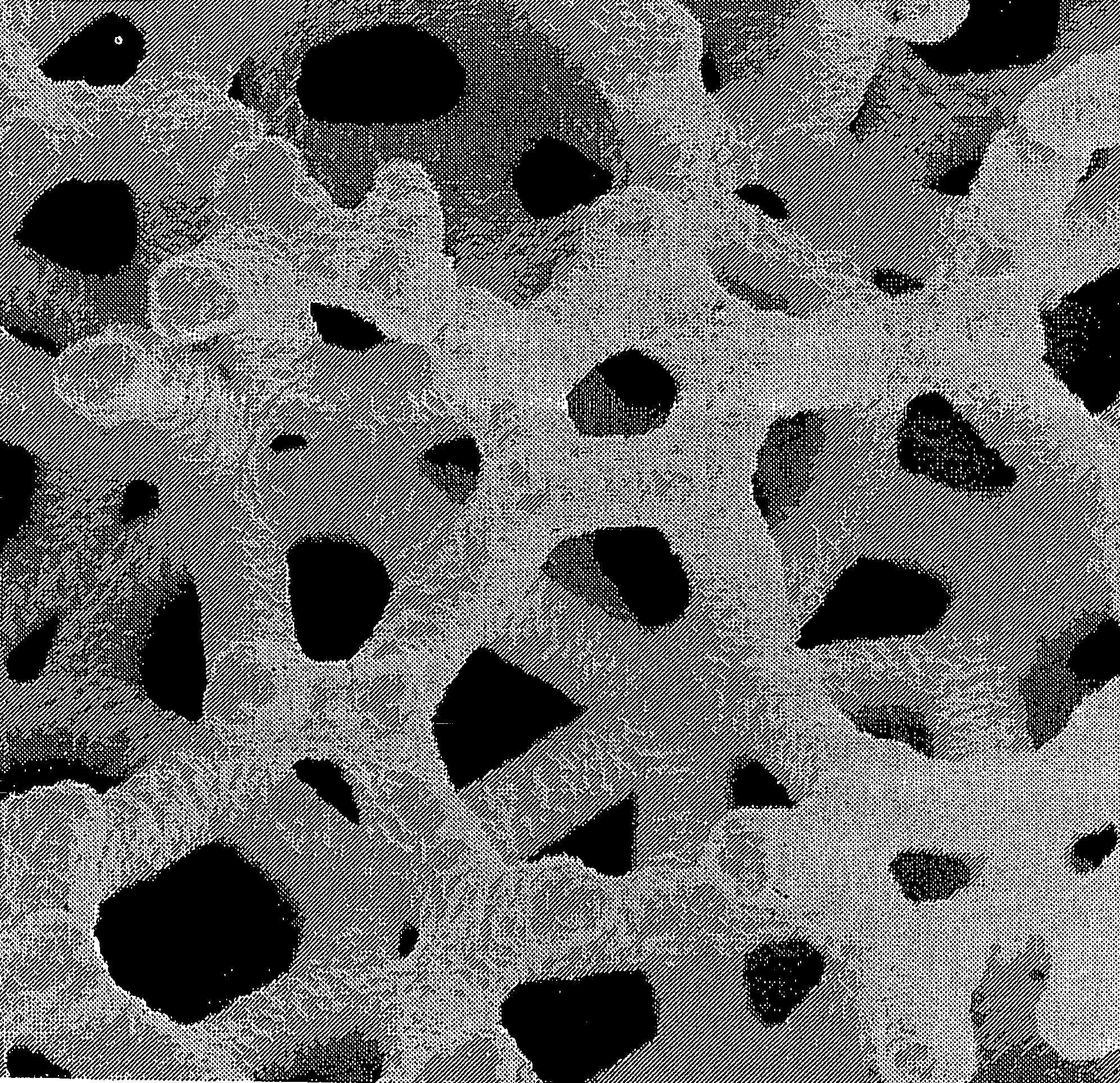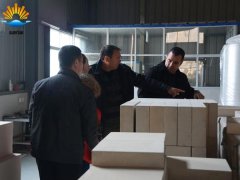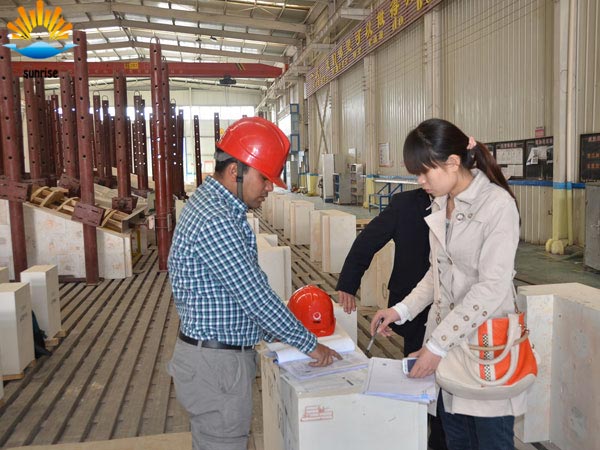Physical Properties Of Refractory Materials: Porosity
Date:2015-05-20 18:17 From:Zhengzhou Sunrise Refractory Author:sunrise
Porosity is a measure of the effective open pore volume in the refractory into which the molten metal, slag, fluxes, vapors etc can penetrate and thereby contribute to eventual degradation of the structure.
All refractories contain pores, either due to manufacturing methods or incorporation of saw dust or cork during manufacture. The pores may be open or closed; the latter are encountered in an oven-fired refractory.

Porosity of a refractory material is the radio of pore volume to the overall refractory volume. There are three different porosities. Apparent Porosity or open porosity is open pore volume as a percentage of Bulk Volume. Closed porosity is closed pore volume as a a percentage of Bulk Volume. Total Porosity or true porosity is total pore volume as a percentage of Bulk Volume. Bulk Volume is the volume of solid and of open and closed porosity. The open pores are the pores into which a liquid can penetrate.
Porosity is an important property of a refractory as it affects many physical and chemical characteristics of the refractory such as bulk density, chemical stability, strength, abrasion-resistance and thermal conductivity.
It is directly related to density. In general, the lower the porosity, the higher the density.
Generally, low porosity refractories have higher thermal conductibility compared to high porosity materials. High porosity materials tend to be highly insulating as a result of high volume of air they trap, because air is a very poor thermal conductor.
However, high porosity materials tend to shrink when subjected to higher temperatures and direct flame impingement. They are also usually not chosen when they will be in contact with molten slag because they cannot be penetrated as easily.
This property is important when the refractory is in contact with molten charge and slag. High porosity materials will allow slags, gases etc., to enter the pores thereby decreasing the strength as well as resistance to abrasion and corrosion. A low apparent porosity prevents molten material from penetrating into the refractory. A large number of small pores is generally preferred to a small number of large pores.
Porosity can also increase the thermal shock resistance. Low porosity materials have high thermal conductivity, strength, resistance to abrasion and corrosion.
As a result, low porosity materials are generally used in hotter zones, while high porosity materials are usually used for thermal insulating.
Send an Inquiry
E-mail : sales@sunriserefr.com
Phone : +86-371-63838939 / Fax:+86-371-63835539
Company Address : No.36 Fengchan Road Of Zhengzhou, Henan, China (Mainland)

If you have any needs our help or are interested in our products, you can click online advisorychat with us online, or call our customer service telephone: 0086-0371-63838939. We will sincerely serve for you!
Product Category
- Fused Cast AZS
- Fused Cast AZS Block
- Fused Cast Skid Rail Block
- Fused Cast High Zirconia Block
- Fused Cast AZS Block
- Fiber Products
- Insulation Series Brick
- Fireclay Brick
- High Alumina Brick
- Corundum Brick
- Sillimanite Brick
- Mullite Brick
- Zircon Mullite Brick
- Zircon Brick
- Magnesia Brick
- Silica Brick
- Fused Cast Alumina Block
- Glass Mould Brick
Refractory Knowledge
moreCase

UAE to our factory inspection bri
...

Venezuela customer AZS fused bric
Venezuela customer AZS fused float glass furnace br...





